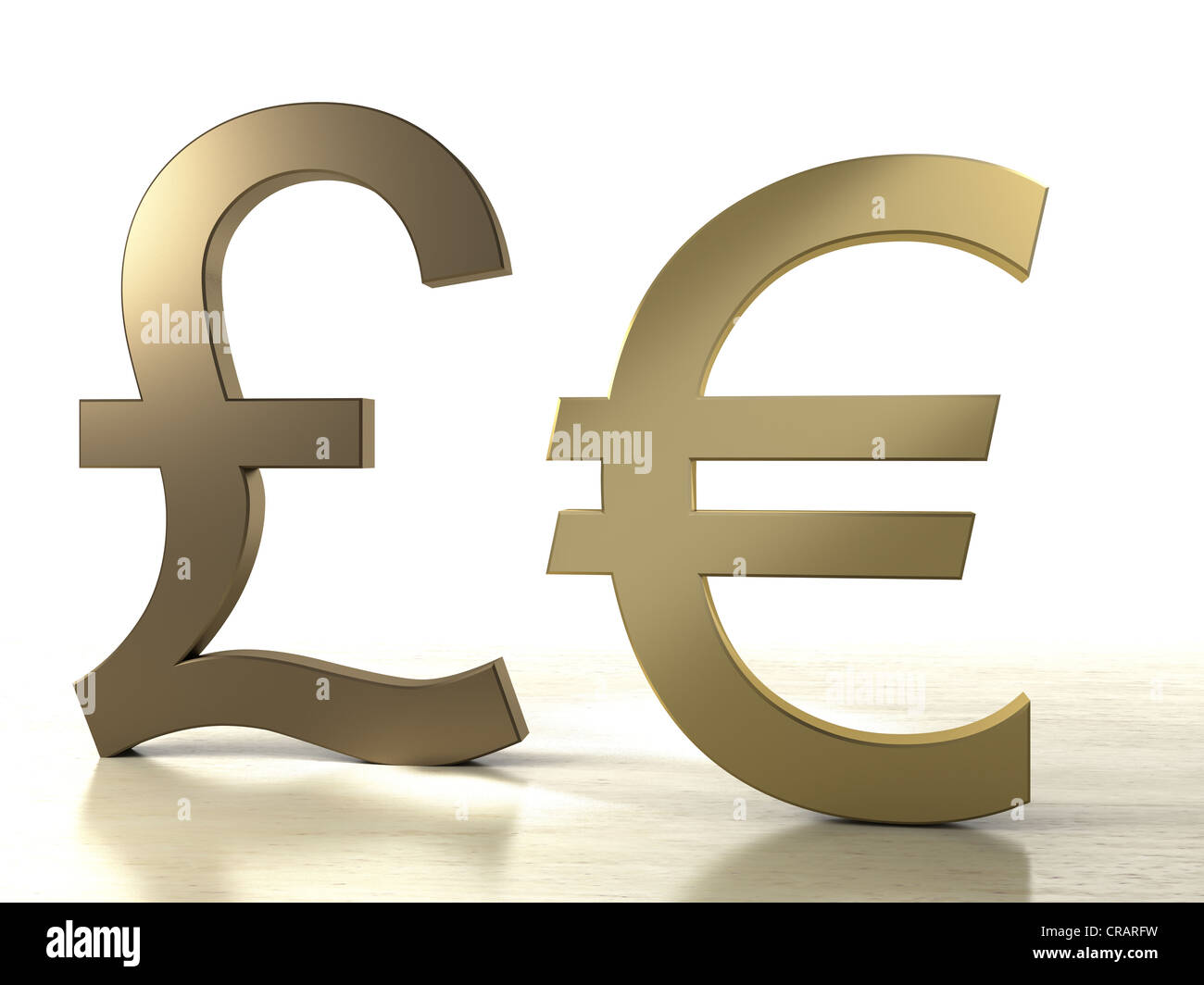All About The Euro Sign (): Origins, Use & Typing Tips
Ever wondered about the story behind that ubiquitous symbol on price tags across Europe? The euro sign () is more than just a currency mark; it's a symbol of unity, stability, and the economic integration of a continent.
Delving into the history and usage of the euro sign reveals a fascinating narrative of collaboration and design. This article aims to uncover the origins of the symbol, explore its practical applications in the digital world and everyday transactions, and understand the cultural nuances that dictate its placement in different languages. It will serve as a comprehensive guide to understanding this important symbol of the modern global economy. The page was last changed on 7 january 2025, at 11:11.
| Aspect | Details |
|---|---|
| Symbol | |
| Currency | Euro |
| ISO Code | EUR |
| Official Usage | Eurozone (20 member states of the European Union) |
| Design Origin | Based on the Greek letter epsilon (), representing Europe, and two parallel lines signifying stability. |
| Adoption Date of Name "Euro" | 1995, European Council meeting in Madrid |
| Introduction as Non-cash Currency | 1999 |
| Introduction of Notes and Coins | 2002 |
| Keyboard Shortcuts (Windows) | Alt + Ctrl + E |
| Keyboard Shortcuts (Mac) | Option + Shift + 2 / Option + 0192 |
| Placement Conventions | Before, between, or after the numeric amount (e.g., 2.50, 2,50, 2 50) depending on the country. |
| Design Presentation Date | December 12, 1996, by the European Commission |
| First Official Currency Use | January 1, 1999, in 11 European countries |
| Precursor | European Currency Unit (ECU) |
| Reference Website | European Central Bank |
- Sd Movies Point Is It Safe Free Movies App More
- Bertie Highmore Freddie Highmores Brother Actor More

The Story Behind The Euro Symbol Its Origin, Meaning, And Usage
The Story Behind The Euro Symbol Its Origin, Meaning, And Usage

Euro sign Keyboard & Currency Britannica Money